Researchers added low-cost touch sensing to objects of almost any shape.
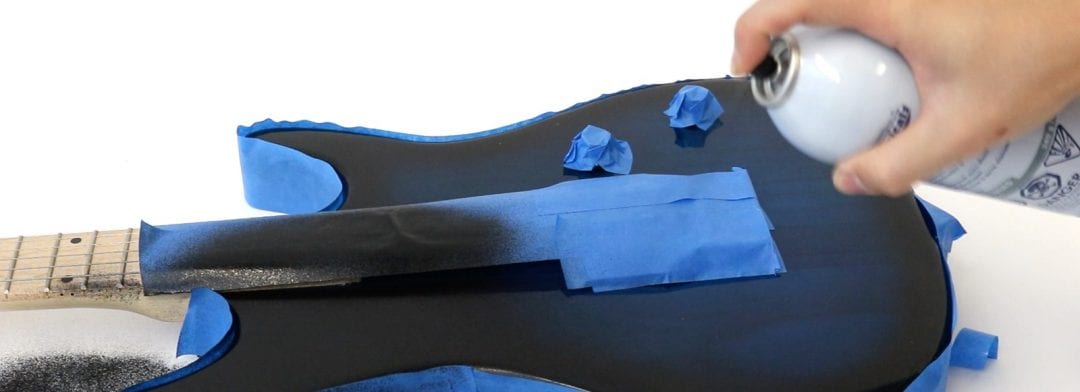

Researchers added low-cost touch sensing to objects of almost any shape.
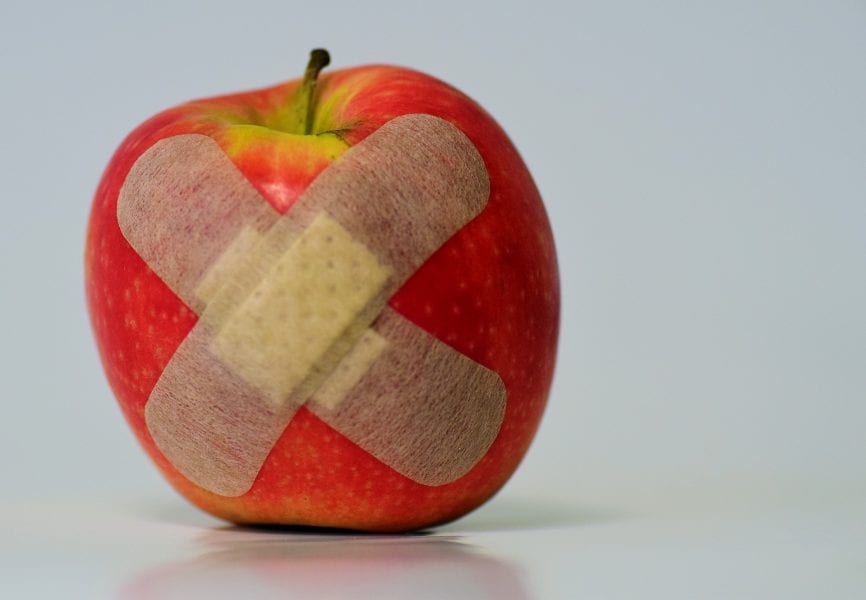
The new self-healing hydrogel can recover its functionalities after being cut, without external stimuli.
Researchers demonstrate a facile method and novel mechanism using microneedle-structured polydimethysiloxane for triboelectric (nano)generator (TEG/TENG) applications.
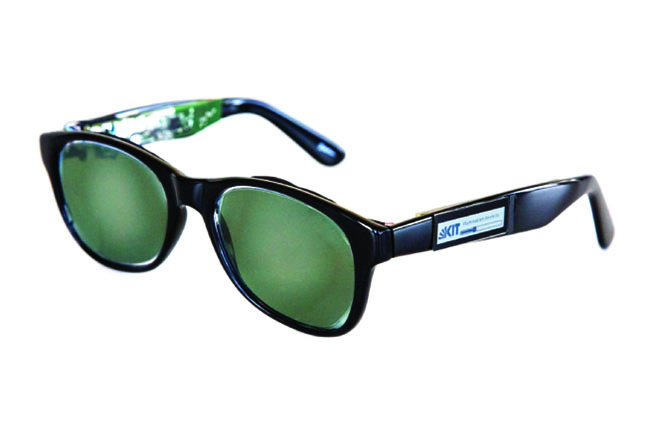
In an important step forward for wearable electronics, researchers design and build a set of “solar glasses”, which integrate transparent solar cells into the lenses and electronics into the frames, to measure and display the instantaneous light intensity and ambient temperature.
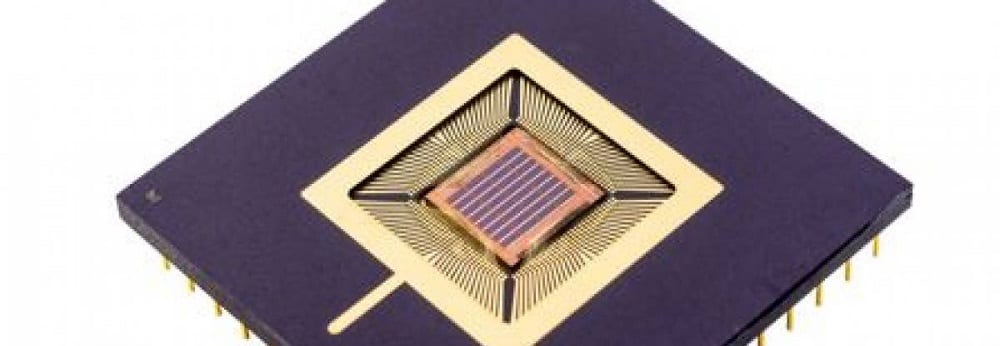
A brain-inspired, neuromorphic chip has the capability of self-learning and has been demonstrated the ability to compose music.
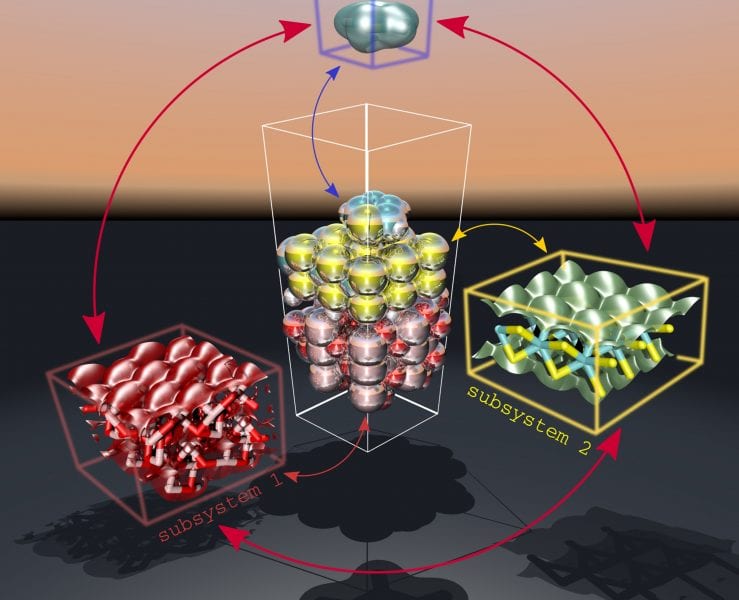
Computer simulations provide valuable and often critical insight into the structure and properties of materials and molecules.

Researchers from Nanyang Technological University demonstrate 3D-printed, surface-modified electrodes for effective water splitting.
Scientists at LMU Munich and FSU Jena have developed organic semiconductor nanosheets, which can easily be removed from a growth substrate and placed on other substrates.

Optimizing H- and J-type aggregates significantly improves the power conversion efficiency in bulk-heterojunction solar cells.
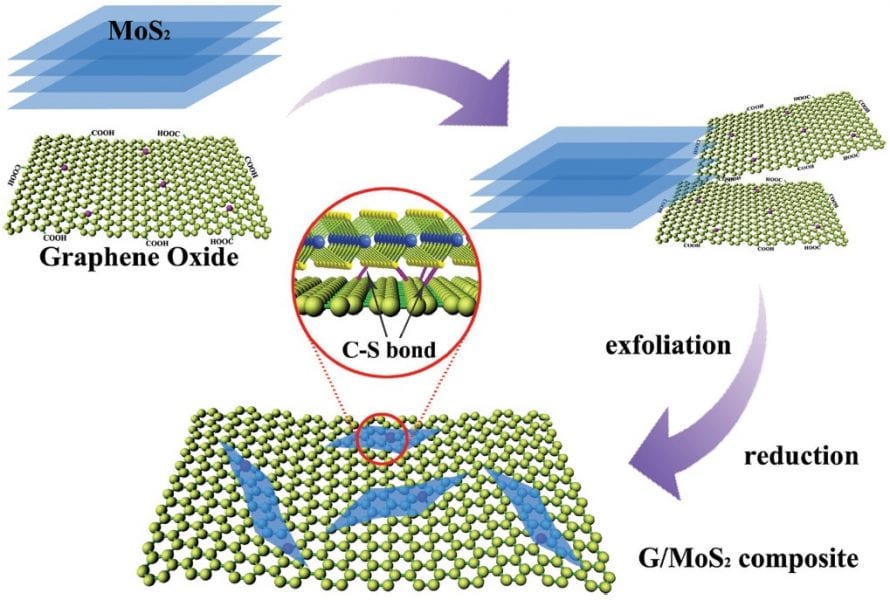
The electrochemical performance of graphene/MoS2 heterostructures is optimised and the kinetics of their lithium storage mechanism are elucidated.